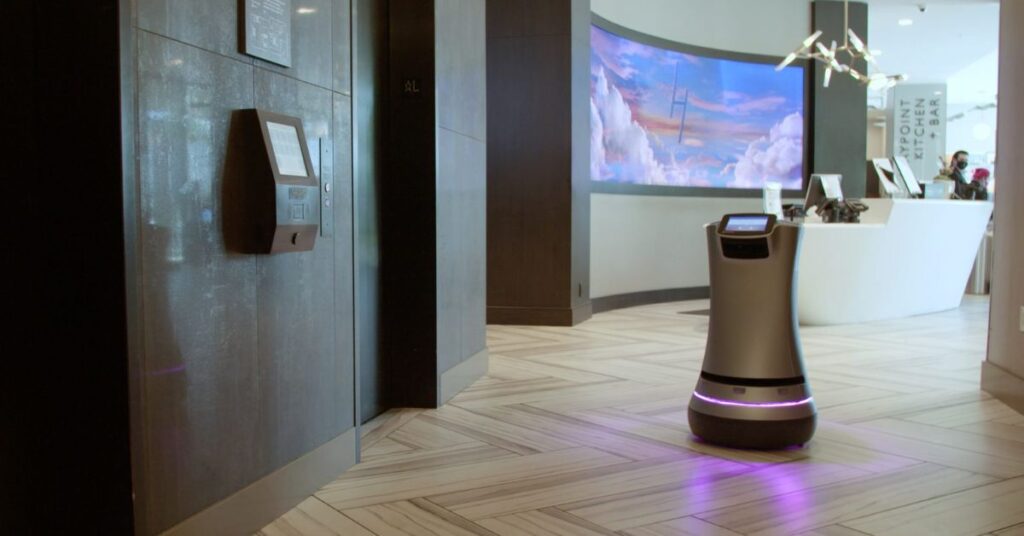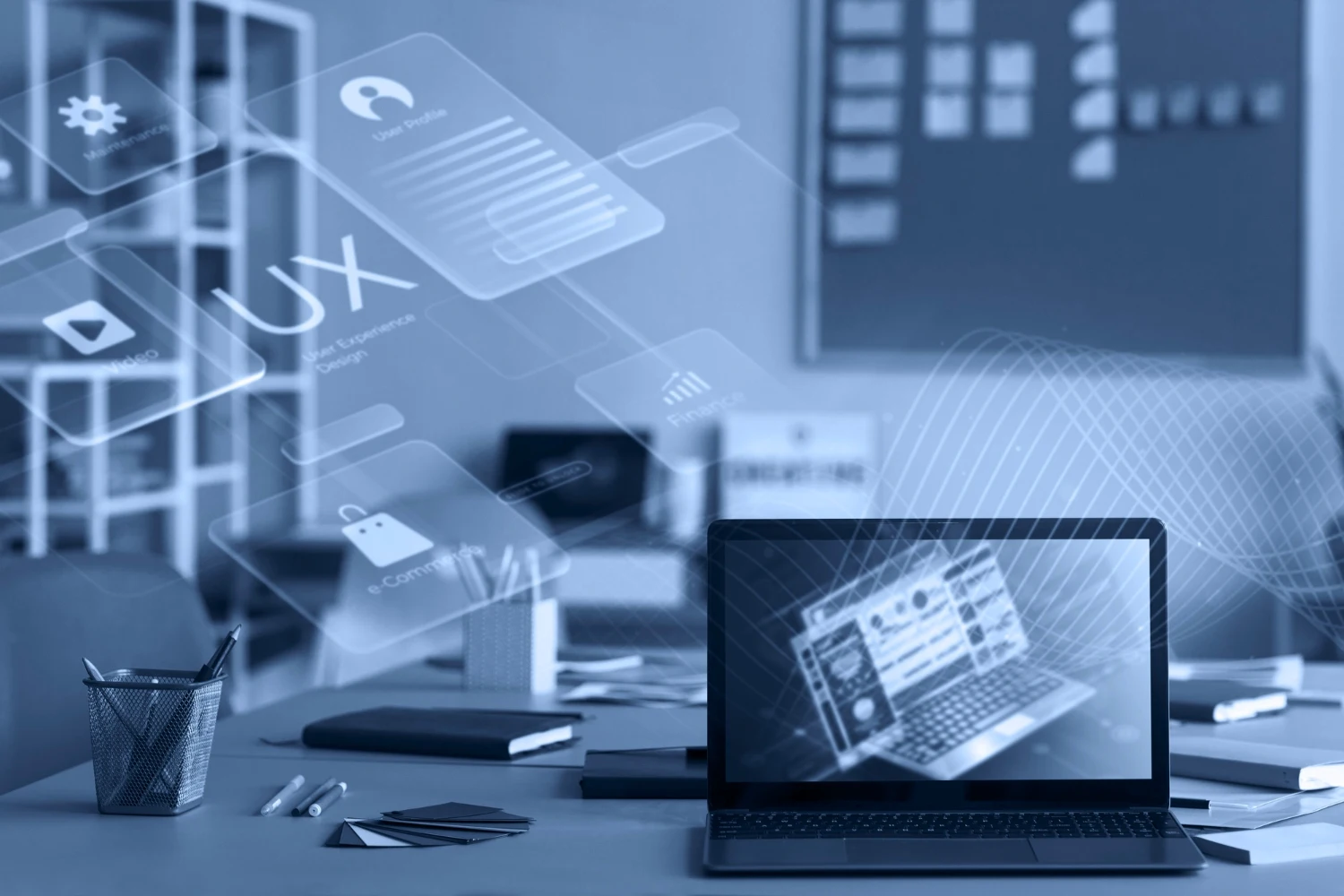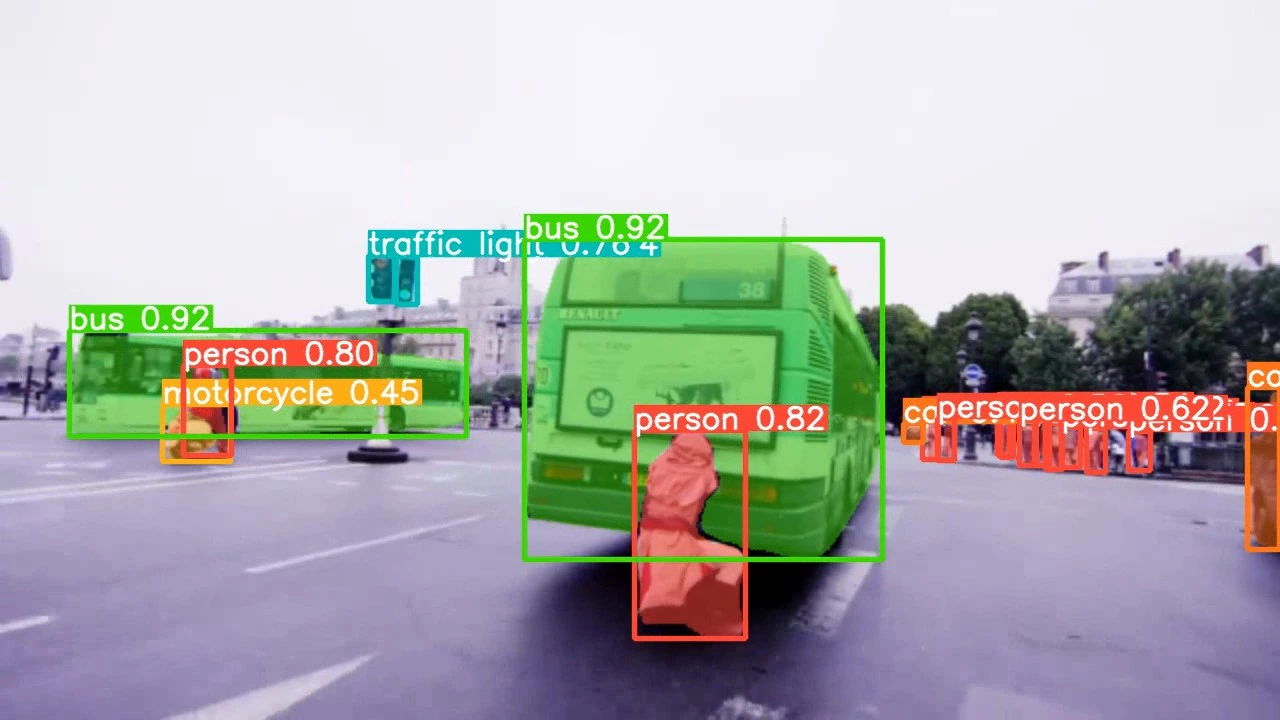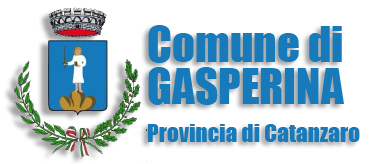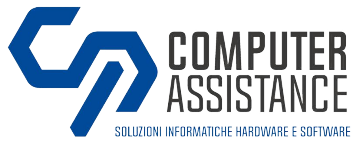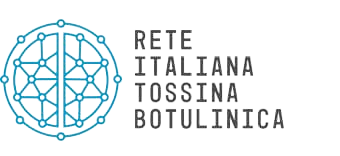The industry ofhospitality is always looking for innovations that can improve the guest experience and make the service more efficient.
In recent years, i robot waiters (and more generally i Service Robot) have made their appearance in many restaurants and hotels around the world, offering a unique and futuristic experience to customers.
But what would happen if these robots could go beyond simple table service and become autonomous, even reaching guest rooms directly, perhaps taking the elevator? Well, thanks to advancements in robotics and IoT, this vision has already become reality.
Service robots such as waiter robots are therefore a fascinating example of how robotic technology is revolutionizing the digitalisation in the field hotel and of catering.
Thanks to'Internet of Things, these robots can be interconnected with the structures and systems of hotels and restaurants, allowing them greater autonomy, improving the customer experience and optimizing service processes.
Robot waiters become autonomous
Until recently, i robot waiters they were limited to serving food and drinks at restaurant tables or delivering orders in clearly defined locations, such as a hotel lobby.
However, with the integration ofIoT and of navigation technologies advanced, these robots have overcome their limits and are now capable of reach customer tables and guest rooms independently, even covering long journeys.
Autonomous waiter robots are equipped with advanced sensors, cameras and scanners LiDAR (Light Detection and Ranging) that allow them to map the environment surroundings in real time. These sensors detect obstacles, safely avoiding them along the way.
Thanks to intelligent navigation, the robots then become able to move fluidly within the hotel, both in public spaces and in areas reserved for guests.
The sensors allow the robots to extricate themselves from the crowd and avoid impacts with customers, but also to recognize other robotic “colleagues” so that they can work in a synchronized manner without stepping on your toes, or rather, your wheels.
Furthermore, robot waiters can be connected to booking and management systems of hotels or restaurants. This means they can automatically receive information about orders, assigned tables or rooms to be delivered
Furthermore, thanks to IoT and integrated artificial intelligence, these service robots can be designed to communicate with customers in a natural and interactive way. They can answer questions about the menu list, provide directions around the hotel or restaurant, and even entertain guests with games or stories.
What if a hotel had rooms on multiple floors? It seems like a problem but in reality it is no longer a problem.
How robots integrate with elevators for room service
One of the biggest challenges that the developers of waiter robots have found themselves facing is precisely this, but the solution came from the study of a system that would give the robots the ability to use the elevator to reach the different floors of a structure.
To solve this problem, the developers therefore worked on the compatibility of robots with i elevator control systems present in buildings and, thanks to this integration now achievable, robots can use elevators just like a person would.
How does it work?
Let's say a robot needs to deliver the breakfast order to the room in the room 237, posted at fourth floor of the hotel.
From the kitchen, located on the ground floor, the robot will have to walk along a corridor, get to the elevator, go up it to be taken to the floor, go down and then reach the door of the room, where it will also have to warn the customer of his arrival.
The robot, thanks to the mapping of the structure made during the installation phase, will have no problem making the first step and arriving in front of the elevator.
At that point, thanks to one control box installed on the elevator cabin and connected to the push button panel, the robot will be able to use the wi-fi connection ”call” the elevator without having to physically press the button.
The robot waiters will then wait in a specific area for the arrival of the elevator which, once it reaches the floor, will open the doors.
Thanks to its sensors, the robot can also understand if the elevator is empty or already full.
In the first case he will get on board and, with the same "call" system, he will communicate the floor to reach to the elevator's integrated system. However, if the elevator is full, the robot will let it go again to call it a second time.
Once they arrive at the desired floor, the robots are able to reach the bedroom door independently of the guest.
At that point, again using IoT technology, they can interact with the hotel's telephone system and call the room telephone directly. In this way, the guest will know that someone is at the door of his room, and will be able to open it to conveniently take the order.
Benefits for customers and guests of restaurants and hotel facilities
The introduction of autonomous waiter robots in public establishments such as restaurants and hotels offers numerous benefits advantages both to customers/guests and to activities.
First of all, that of asurprising and memorable experience. Receiving a fully automated delivery service, whether to a restaurant table or a hotel room, inevitably creates anatmosphere of modernity and technology which translates into truly advanced comfort.
Furthermore, the accuracy of robots in making deliveries reduces errors and misunderstandings to a minimum, guaranteeing an efficient and impeccable service.
Furthermore, waiter robots can be configured to store customer preferences, such as frequent orders or food allergies. With this information, robots can offer a more personalized service, making the customer experience even better rewarding.
On the other hand, hotels and restaurants can benefit from the greater operational efficiency that autonomous waiter robots bring.
Furthermore, truly continuous efficiency because thanks to the IoT, robots can be constantly monitored even in their state of operation and maintenance.
The integrated sensors can in fact detect any problems or faults, allowing rapid intervention by technical staff to resolve them. This helps reduce downtime and to maintain uninterrupted service.
But the advantages of integrating solutions of this type within activities also have repercussions on human employees.
In fact, with robots taking care of deliveries, staff can concentrate on more specific and interactive tasks, improving the overall guest experience.
And if the concern is the cost of investment, you can sleep peacefully.
Robots pay for themselves and guarantee a practically immediate ROI not only because optimize operating costs.
If well designed and implemented, service robots can first and foremost help reduce operating costs, as they require fewer personnel for service. Furthermore, the use of robots can also lead to a reduction in environmental impact, as some models are designed to be energy efficient and sustainable.
Last but not least, robots represent a great reason for every activity curiosity on the part of customers.
This means that their mere presence can count as marketing tool very effective. Just think of how many new customers could be enticed to enter a restaurant for the first time just to live the experience of robotic service.
Let Noitech project you into the future of hospitality
It is evident that the future of hospitality it will be increasingly enriched by the presence of intelligent machines.
As robotic technologies continue to evolve, we will see an increase in the integration of these solutions into hospitality facilities, helping to transform the way services are delivered and improve overall guest satisfaction.
The implementation of digital tools within your business structure, especially if completed with theintegration of robotic solutions, represents an essential evolution.
The choice is between two options: stay behind or be a pioneer.
If you are one of those entrepreneurs with the look straight to the future, then you will already know which way to go. All you have to do is choose who to accompany you.
In Noitech we have the perfect team and technological solutions to direct you towards the best and most convenient choices for you to take your first steps in new world of robotic service.
We adapt and we customize the best technologies to put them at the complete service of your needs and we guarantee assistance And ongoing support to never leave you alone.
If you want to know more about this world, don't hesitate to contact us, get on our boat, we will ferry you into the future.

